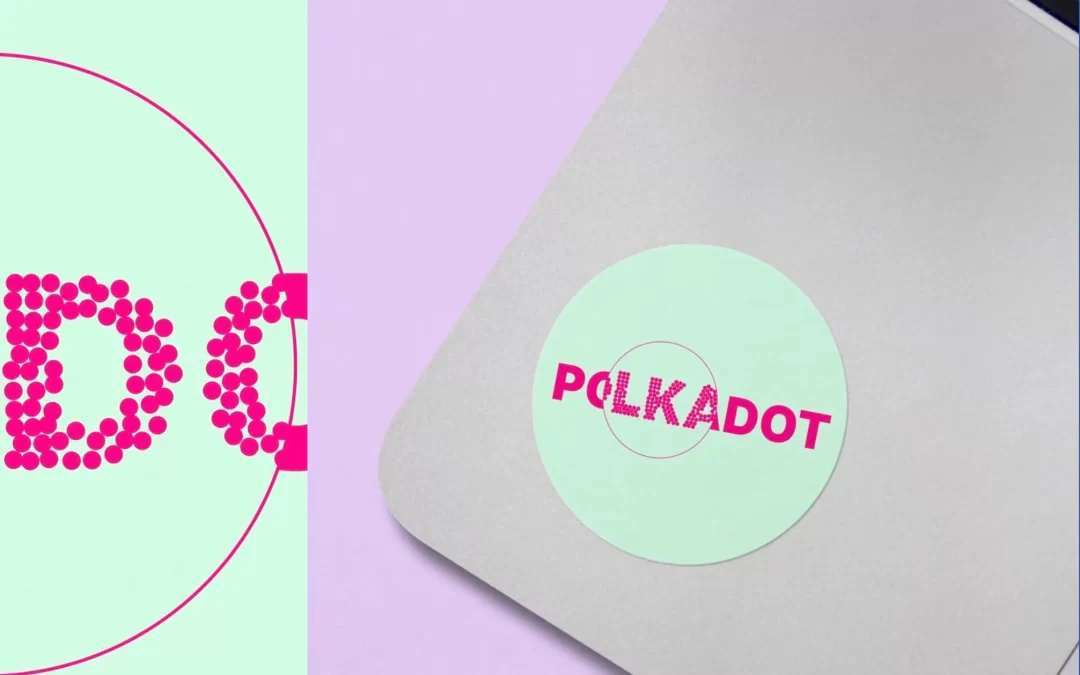Polkadot decentralized finance (DeFi) platform Acala has got the crowd behind it.
The much-anticipated auctions to win places building on the Polkadot blockchain system start on Thursday, and so far Acala has already gathered some $608 million worth of DOT tokens – or more than 12 million DOT – at the time of writing, or about 1.1% of total DOT in circulation.
In the spirit of decentralization, it’s the community of DOT token holders who decide which projects will be able to lease a parachain slot. Token holders do this is by lending their DOT to a project – hence the term “crowdloan” – for a two-year lease period, for which participants are rewarded with tokens pertaining to each project.
Acala will most likely be the winner of the first slot when the seven-day auction concludes on Nov. 18. And the amount of tokens being loaned to Acala is expected to keep increasing, according to the project’s chief growth officer Dan Reecer. That’s because many DOT holders, who were previously staking their coins on Polkadot, are currently completing a 28-day “unbonding” process – basically, the un-staking of DOT from the Polkadot protocol to then contribute those tokens to a crowdloan for a given project.
“There’s still a lot of people waiting on their DOT to unbond, so there’s still plenty of DOT to come,” said Reecer in an interview with CoinDesk. “It’s going to be an exciting week and we’ll just have to see where we end up. But, yeah, we’re most likely to win the first slot.”
Acala’s DeFi plans include the release of a stablecoin on Polkadot and buildout of a decentralized exchange (DEX). Acala’s sister DeFi project Karura secured a parachain slot in this year’s auctions for Kusama, sometimes called Polkadot’s “canary network.” Reecer said having already rolled out services on Kusama will help a lot with the timeline on development work on Polkadot, which he said will be done by the first quarter of next year.
Participants in the Acala crowdloan will be rewarded with a native Acala (ACA) token, used for network fees, staking, governance and so on, as well as a Liquid Crowdloan token (lcDOT) that can be used on the network as collateral while users’ DOT is locked up.
“The main complaint we were getting from people was that two years is a long time to lock up their DOT,” said Reecer. “So we built what is basically a crowdloan derivative of that. So now when people contribute through Acala, they get ACA, of course, but then they also get this lcDOT, which allows them to have a liquid form of the DOT they contributed.”
The steadily increasing dollar amounts are dizzying, but the number of participants joining the Acala crowdloan – which currently stands at 61,744 – is another important number for Reecer.
“We had 20,000 unique participants for the Kusama auction, when we won the first slot by a long margin,” Reecer said. “We thought at the time that was a lot. But we have now crossed 60,000 and the auction hasn’t even started yet. So I wouldn’t be surprised if this gets over 100,000.”














